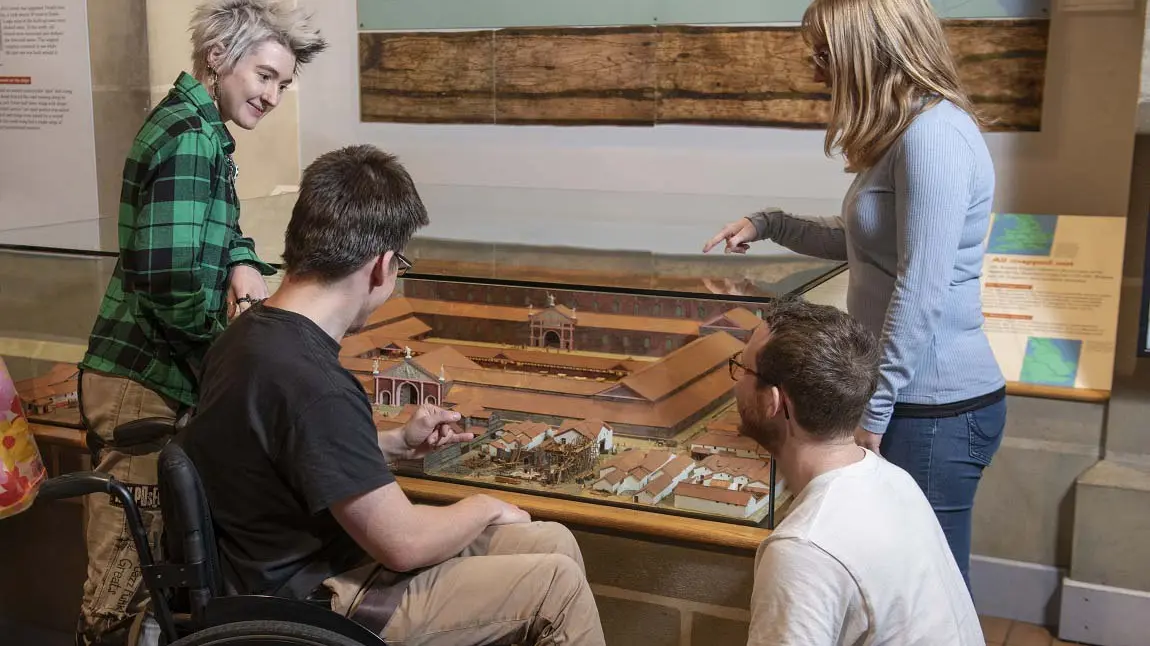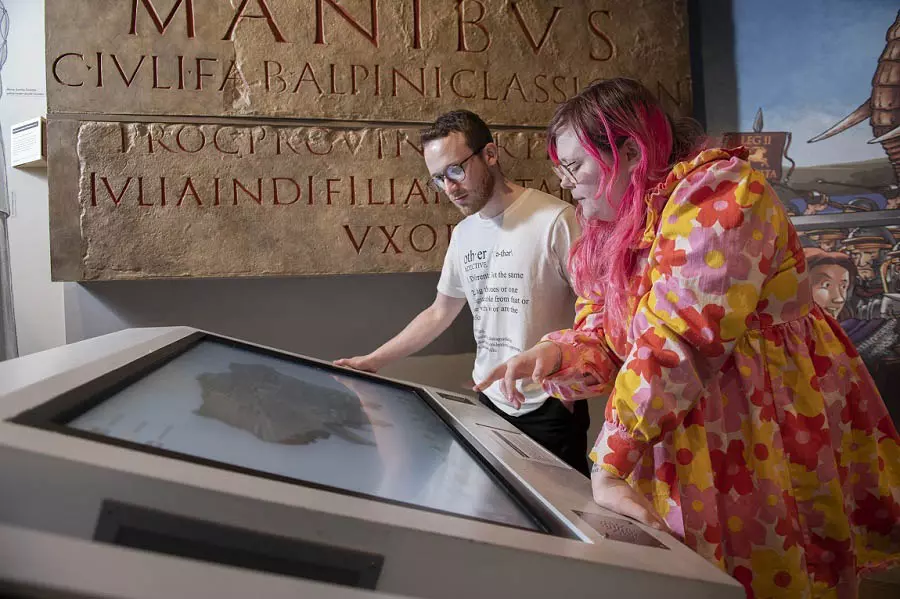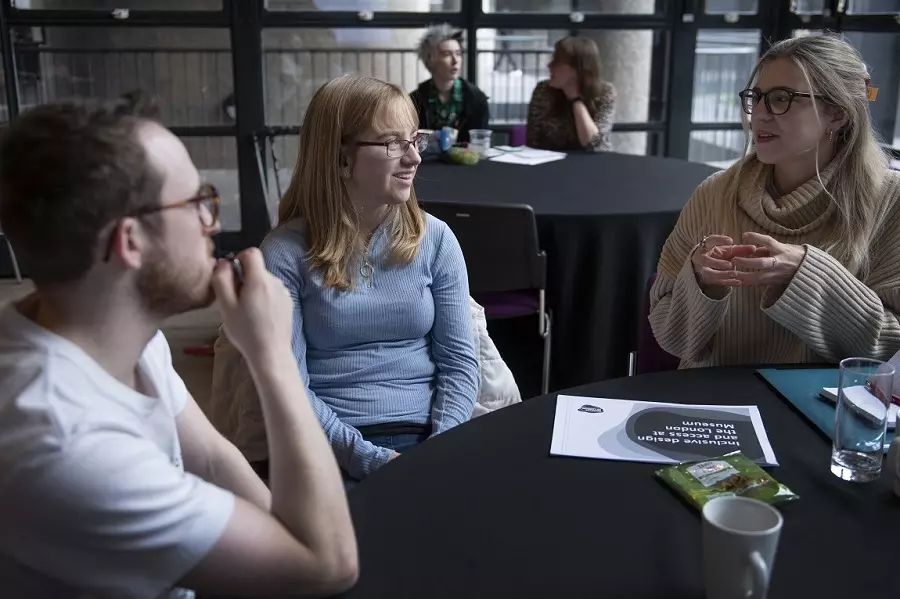How to make recruitment fair and open to all

Inaccessible recruitment practices and unnecessary requirements in role descriptions are the most cited reasons for D/deaf, disabled and neurodivergent people not making progress in museum careers.
Curating for Change’s action plan, We Are Not All The Same, provides practical and achievable steps to help employers welcome a wider diversity of applicants. The plan sets out how taking a different approach to equal opportunities policies is essential for museums to remain relevant to their communities.
We have started to make small changes, but small changes really start to make big impacts.
Kate Parry, Head of Partnership at Cumbria Museums Consortium
Museum partners in the programme had rarely received applications from D/deaf, disabled or neurodivergent candidates. The new recruitment practices encouraged 168 applications for just eight traineeships and eight fellowships.
Pre-application materials
What they did: created introductory short films about the project, host museums and the teams. British Sign Language (BSL) and ‘Easy Read’ guidance was provided.
Andrew – Trainee at Imperial War Museum, Duxford
“The videos of the museums were really helpful for me because, for the interview process, I wasn’t going into a room with people I’d never seen before… So I felt more relaxed… it’s one less thing to worry about, one less thing for my brain to focus on.”
Kate – Head of Partnership, recruiting for Cumbria Museums Consortium
I remember thinking ‘I can’t do this, how am I going to get everyone together to do a video?’ And then it occurred to me that I could just get everybody on Zoom and record it and send it. It took us about 20 minutes. My message would be not to overcomplicate things like that, these days it’s quite easy to do.”
The application process
What they did: offered a range of application options – written application, film, visual collage or audio recording.
Iris – Fellow at the Museum of Liverpool
“I’d just finished university and I was about to reach that burn-out stage with ADHD where I’d just been writing and writing. So, having lots of different options as to what I could say and what I could do was really useful to me.”
Natasha – Interpretation and Digital Content Producer, recruiting for Ashmolean Museum
“Video applications actually sped things up wonderfully because it’s much easier to remember who everyone is and it’s almost like you’ve already met them online. It actually made the process easier.”
The interview process
What they did: had someone greet candidates before the interview to calm nerves, enabled live transcription and provided everyone with interview questions one week in advance.
Freya – Trainee at North Hertfordshire Museum
“Having questions in advance was great as I can get aphasia and struggle with on-the-spot recall, but I could know what examples to have ready and just enjoy the interview and opportunity... it prevents this stress of outing oneself and it means everyone can perform at their best.”
Kate – Head of Partnership, recruiting for Cumbria Museums Consortium
When asked if it was easy to persuade people in the organisation to send interview questions in advance: “It’s work in progress. There’s certainly a mixture of opinions across the museums that I work with. We have started to make small changes, but small changes really start to make big impacts.”
How you can take action
We can support your organisation to implement these changes in your recruitment practices. Find out more about our funding.
Read the full action plan on the Curating for Change website for further tips and advice, alongside the presentations, panel discussions and testimonies from fellows, trainees and partner museums.




